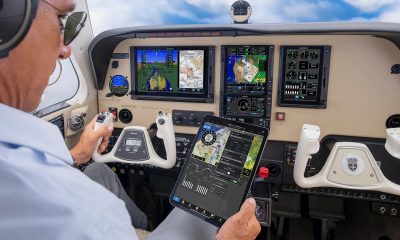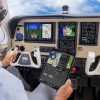Featured
3 Benefits Of GPS Surveying
The Global Positioning System or shortly known as GPS, is a revolutionary 20th century space based radio navigation system that provides valuable information to users all around the world like three dimensional position, navigation services, velocity and also time data.
Specifically, it provides data for both civilians and military users. The GPS system uses the services of about 24 satellites which are located in the Earth’s orbit and circle it twice a day, operating on the principle of triangulation.
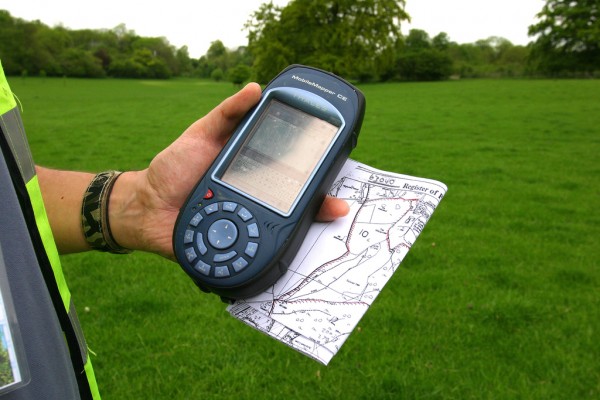
This technology was primary developed for military use, though the vast amount of advantage GPS provides certainly contributed to its expansion so much so today this technology is part of everyday life – it is used in mobile phones, car navigation systems, search or rescue equipment, applications in railroad control, mining, agriculture, environmental monitoring and recently as supporting technique for surveying.
The GPS technology was quickly adopted for surveying in the late 1970s and early 1980s because it can easily provide accurate position, including latitude, longitude and height, without the need to determine the angles and the distance between different points, some of the first adopters being surveyors of large companies and corporations like the NGS (National Geodetic Survey). This is so because of the accurate mapping it supports, which doesn’t only include streets and buildings but mountains, rivers and lakes too. Thanks to this, it’s come to be an integral part of the mapping and surveying techniques used around the world today and they happen to be among the first to take advantage of what GPS has to offer.
It’s proven to be so essential with surveying coasts, in fact, one of the latest examples of efficiency and accuracy being helpful with clearing out a case of oil spill at the northeastern coast of Brazil. This being said, there’s no doubt the GPS surveying technique offers many benefits and advantages over the traditional surveying methods, so we’re going to go through some of them.
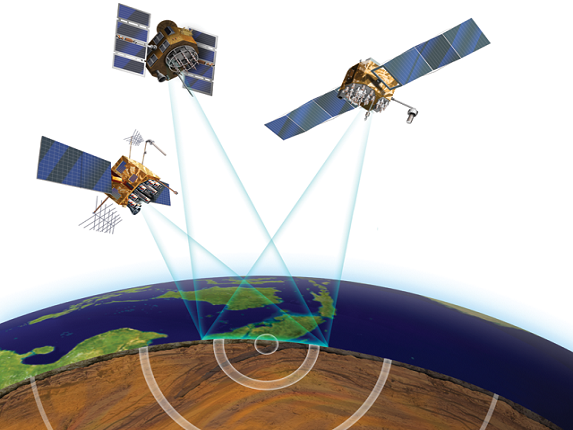
Highly Accurate And Fast Process
– The GPS technology supports the surveying process by providing data with highest accuracy due to the multi-channel design. This equipment is also faster when compared with conventional surveying equipment.
Because the data collection process is faster, the time for getting final results and making decisions is understandably shorter and all of this is done with the minimum chance for mistakes which are not uncommon with conventional methods, as is the example with the use of the limited line-of-sight, for instance.
Despite all the painstaking traditional work, a single mistake would be enough to impact the whole project without ever being discovered. With the application of GPS in land surveying this is no longer the case and as a result, it improves the quality of work. It’s no surprise the surveying and mapping community registered an immediate increase in productivity upon adopting GPS surveying methods.

Time, Cost And Labor Saving Technique
– The traditional and conventional surveying can be a very costly and time consuming process, to say the least. In the past, surveyors had to make several visits to one site in order to use each and every piece of equipment, going step by step to gather accurate data.
This advanced GPS surveying reduces both equipment and labor that was once required for completion of a surveying task thus it’s a preferred option if you want to reduce costs altogether. Nowadays, a single surveyor can complete all the tasks in one day, something that took a whole team to do in a longer period in the past.
Moreover, given that there’s wiser use of the resources it’s safe to say it contributes to sustainability too. Along with this, despite the complexity of this new technology it’s still created to be user-friendly, meaning the additional advantages of GPS are lesser needs of highly trained crews since even less trained operators can do the job.
Not Affected By Weather Conditions – Another huge benefit is that the GPS surveying is not affected by weather conditions like snow, rain, high or low temperatures. Unlike the traditional surveying techniques, the GPS surveying is not affected by constraints such as the line of site visibility between the survey locations.

Portability
– It’s necessary to point out the reduction of weight in this kind of survey equipment which certainly comes in handy when one has to pack up and get going to the site where surveying ought to take place. Before, when all sorts of equipment were required, all the weight was certainly slowing the process down.
Then of course, there was the risk of damaging it, something you won’t have to worry about with the latest GPS devices, designed to be of quality and provide longer use. Best of all is their design keeps decreasing, though not at the expense of efficiency or price!
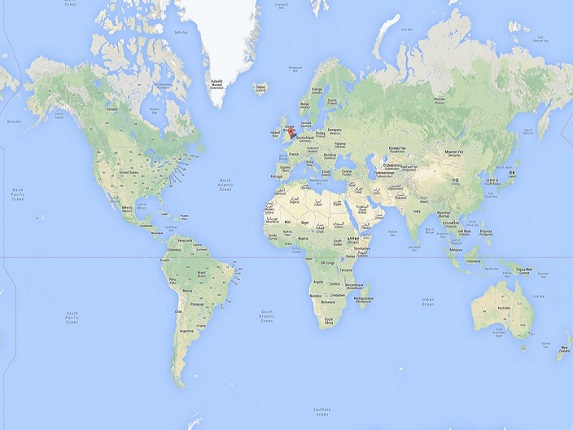
Location and Area Size
– As can be seen with the surveying of the waterways and the coasts, even with few land-based points you can still collect data and carry out the process properly. Since it’s the kind of technology that allows for accurate work over long distances, there’s no need to keep relocating the base unit to be able to perform a survey at remote areas, something unimaginable years ago. In other words, the amount of operational limitations is significantly reduced. On the plus side too, regardless of the size of the area, it can be even a large one, the level of accuracy remains the same with GPS technology.
Economic Gains
– As mentioned, the adoption of these techniques brings about numerous benefits of GPS, among which the reduction of costs but it’s important to note the economic gains go way beyond this, considering the improvements in productivity thanks to GPS applications and GNSS in general in surveying, asset mapping, machine guidance, mining, agriculture and automation of operations brought to an increase in the Australian GDP, adding between $2.3 billion and $3.7 billion in 2012. It’s projected that this amount is going to increase significantly as of next year, thanks to the increased use of this technology, its contribution expected to reach between $7.8 billion and $13.7 billion.
All in all, the ongoing modernization and development of the GPS technology as well as its connection with other techniques will make the GPS surveys even more useful and widely adopted worldwide in the near future.
Writing for the blog since 2012, Chris simply loves the idea of providing people with useful info on business, technology, vehicles, industry, sports and travel – all subjects of his interest. Even though he sounds like quite the butch, he’d watch a chick flick occasionally if it makes the wife happy, and he’s a fan of skincare routines though you’d never have him admit that unless you compliment his impeccable skin complexion.

